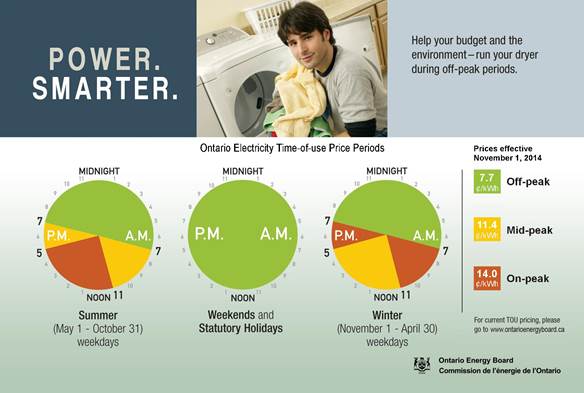Eugenia Gibbons & Kai Salem
Oct 10, 2018 6:00:00 PM
June electricity prices lowest in 12 years: So why more gas pipelines?
 The folks who run the New England power grid issued a report on July 15 stating, “Mild weather, low demand, and the lowest average natural gas price since 2003 brought June’s wholesale power price to under $20 per megawatt-hour, by far the lowest monthly price in the 12 years New England has had competitive power markets in their current form.”
The folks who run the New England power grid issued a report on July 15 stating, “Mild weather, low demand, and the lowest average natural gas price since 2003 brought June’s wholesale power price to under $20 per megawatt-hour, by far the lowest monthly price in the 12 years New England has had competitive power markets in their current form.”
Our read of the data is that it contradicts claims of those who are pushing for more natural gas pipeline infrastructure in New England, paid for by a long-term commitment by electricity ratepayers.
New England does not need more natural gas 365 days per year. It would be unprecedented to have electricity ratepayers be put on the hook for natural gas pipeline financing over any period of time, let alone a long-term obligation. And it is clear by a recent study by Synapse Energy Economics that if the big new gas pipelines are built, Massachusetts would not be able to meet the requirements of the 2008 Global Warming Solutions Act.
Discussion of gas pipelines picked up in the winter of 2013/2014 in reaction to very high electricity prices. But we saw how prices in the winter of 2014/2015 came down some as the regional power grid reacted by using more liquefied natural gas (LNG) and oil as substitutes for higher priced natural gas brought into the region by pipe. The price of LNG in 2014/2015 was 50% less than the previous winter. In the short term, meaning a few years, it makes more sense to utilize LNG and oil for a few days each winter than to increase our overreliance on natural gas.

We can also attack the problem of winter peak demand through a variety of measures that have great economics in the long-term and that are compatible with our climate change goals:
- Energy efficiency – Example: LED light bulbs save electricity during winter peak hours (5-8 p.m.). It’s a fact that we can save electricity at a much lower cost than we can buy it – from any generator using natural gas.
- Demand response – providing incentives to users to curtail use during peak hours.
- Time of Use pricing – charging less for off-peak use and more for on-peak use.
- Widespread adoption of “vehicle to grid” technology – encourage EV owners to charge during off-peak hours and put power back into the grid during peak hours.
- Storage – until recently it was impossible to store electricity. That has changed. There are many technologies available today and upcoming at lower cost.
- Renewables – Wind turbines happen to produce a lot of power during winter months. We need more wind power, both on-shore and off-shore. The best way to get it is by increasing our Renewable Energy Standard, which obligates electricity suppliers to purchase increasing amounts of renewable energy each year.
This June data on electricity prices was helpful in terms of reminding us that we have a winter peak problem, not a year-round problem. Let’s focus on solutions that match the problem.
Be a part of the solution.
Make the switch to 100% local renewable energy to help New England's power grid move away from natural gas even faster.
Related Posts
Cracking the Code on Building Sector Emissions
On February 8, Massachusetts energy officials proposed regulations that would require new residential and...

Comments